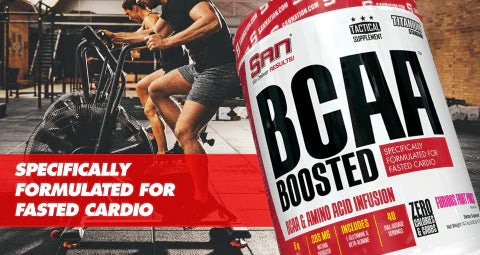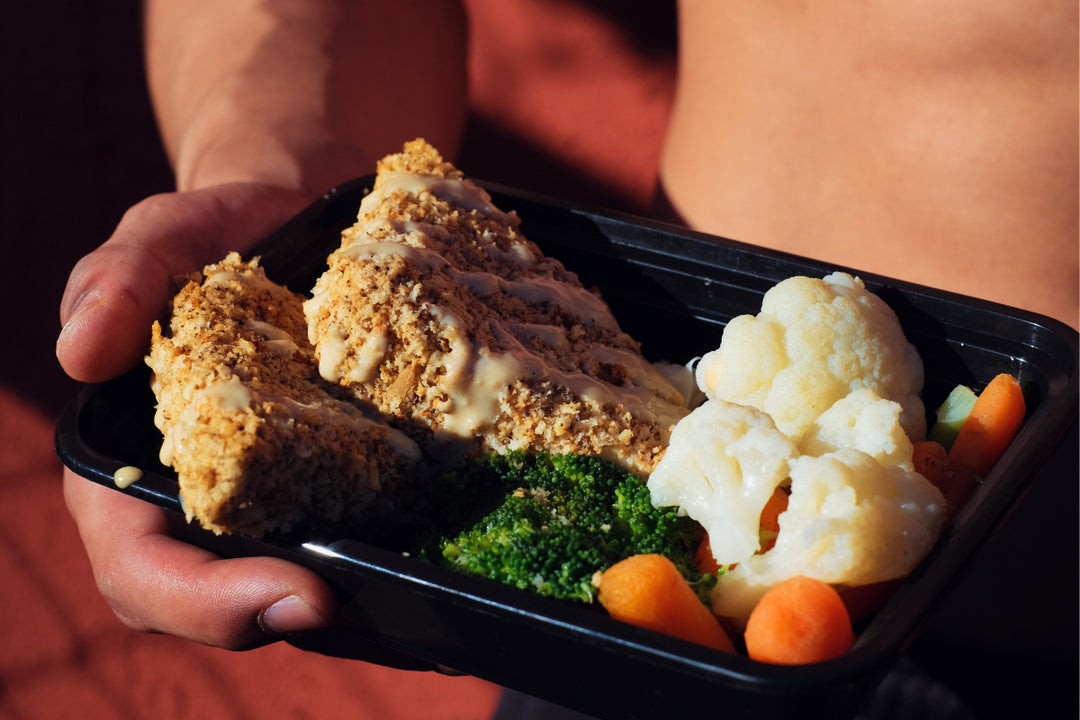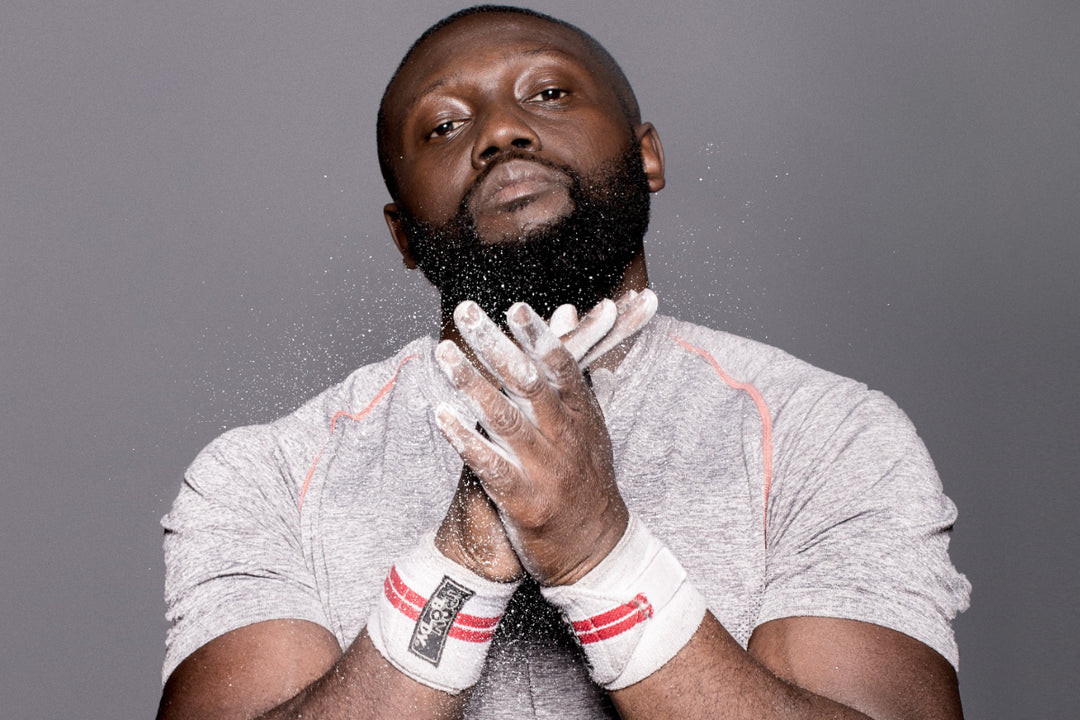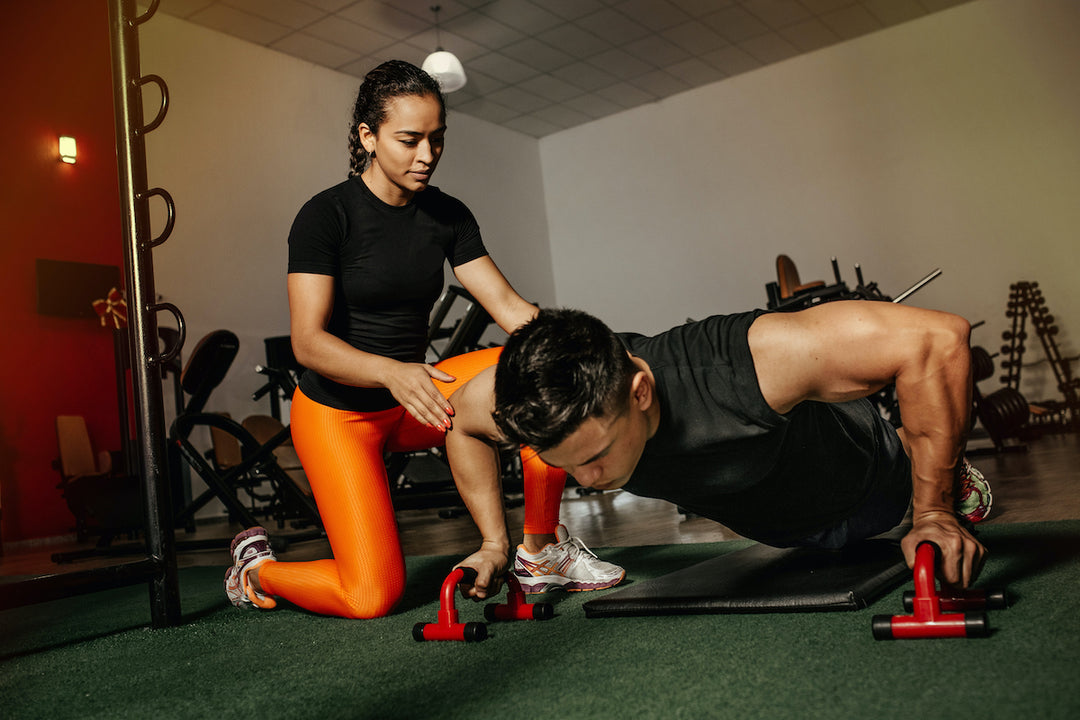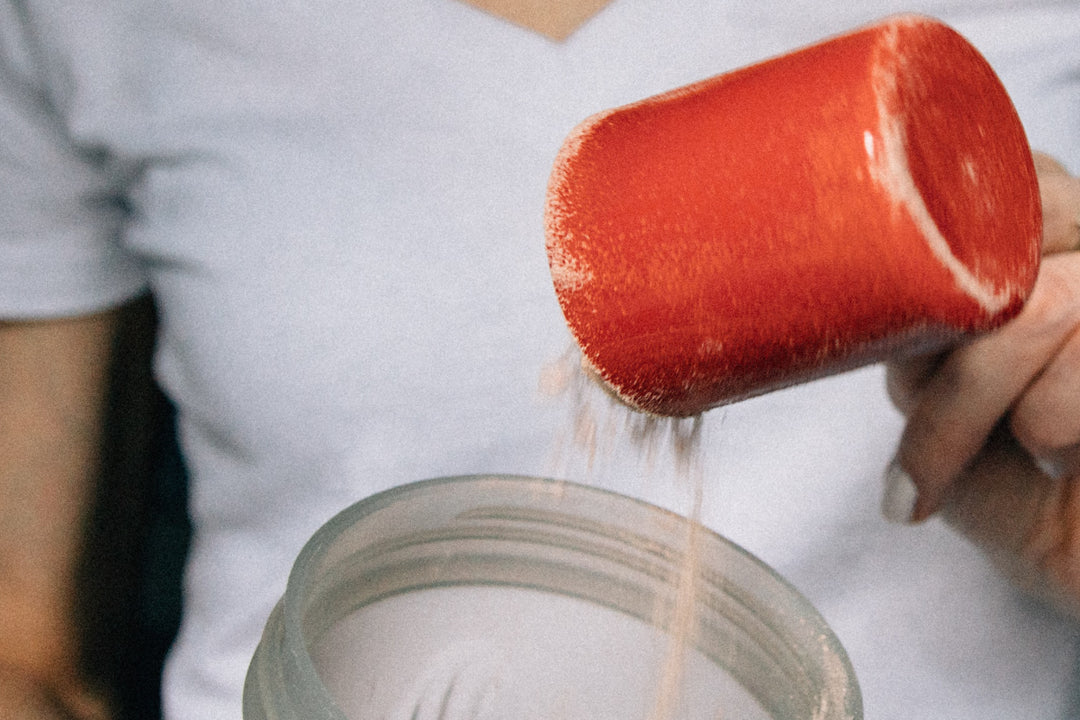Whether your goal is losing fat, building muscle size, or gaining strength, keeping track of your progress is a vital part of actually reaching your goals. In fact, the absolute best way to make progress, aside from doing all the work, is to track your progress. In other words, you have to know where you were and where you currently are to know where you’re going and figure out the best way to get there.
Training JournalA training journal is a great tool for tracking the progress of your workouts. It can help keep you moving forward and not holding yourself back, and it’s also a great way to keep track of your body measurements to see exactly where you’re gaining or losing inches.
There’s no need to make your training journal complicated. You can take notes on your phone, or if you’d rather avoid the temptation to check social media while your phone’s out, you can use the old-school approach; a paper notebook and a pencil or pen work perfectly well.
Whatever option you choose, it’s best to show up prepared so you don’t waste gym time writing your whole workout down. Record the number of reps performed as well as the weight used on each set, and make any other notes that may help with your next workout.
Keep in mind that you probably won’t have measurable progress at every single workout, but keeping track will allow you to see when things need a change. And don’t force weight increases when you aren’t ready. That can lead to injuries, so it’s sometimes better to make changes to rep schemes or exercise choices if things begin to stagnate.
Track Visual ProgressTracking your workout data is a great way to make progress, but don’t forget to track your physical results. Without knowing your body fat percentage, using a scale won’t tell you anything beyond your bodyweight. If you’re gaining muscle and losing fat at the same rate, you might get discouraged by the scale.
A better alternative might be simple visual progress, but that doesn’t necessarily mean using the mirror. Since you see yourself every day, minor changes won’t be visible from day to day, and your eye can play tricks on you with regards to both muscle gain and fat loss. Your mood and emotions can take control of what you see in real time, so don’t trust the mirror.
Instead, use photos and/or videos to track progress. If you’re uncomfortable with this method, don’t worry… You don’t have to share them with anyone, as this is really just a means to keep close personal tabs on your own progress.
Progress photos and videos are pretty simple, but there are a few things you need to do to ensure you’re keeping accurate records:
- Wear the same or a very similar outfit every time while showing as much exposed skin as possible (shorts for men, shorts and sports bra or bikini for women)
- Set your camera on a tripod or in the exact same location (marked if necessary), or have someone you trust take the photos
- Use the exact same poses each time (front, back, sides, and any others that will help visualize your progress)
- Make sure you're in the exact same location each time
- Take photos with identical lighting each time
- Take the photos once every week or every other week on the same day and the same time of day (daily photos make it hard to see results)
As you can see, keeping everything as similar as possible between photos is crucial. While better photos can often be taken outdoors, that makes it nearly impossible to duplicate the lighting and other variables, so indoor photos are probably a better option.
Training and nutrition are obviously imperative for reaching your goals, but you’ll never know if you’re getting close to those goals if you don’t track progress. Use whatever method is most convenient, and let your own progress be your motivation.




